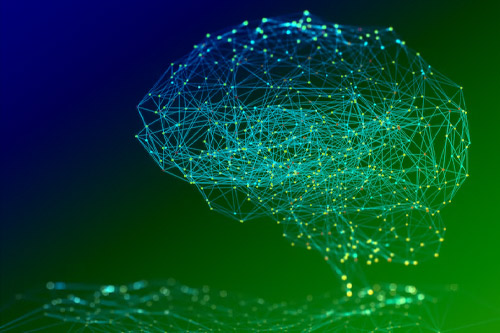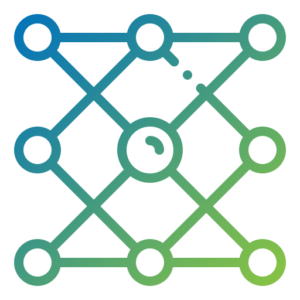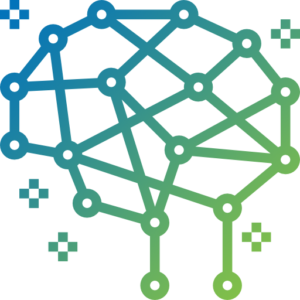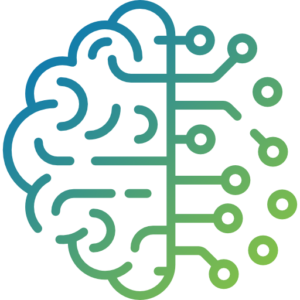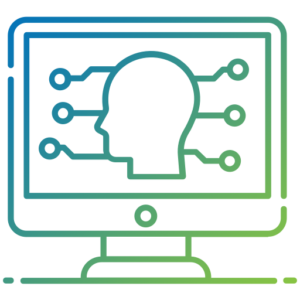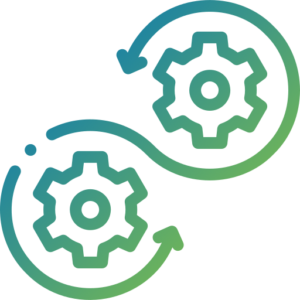Cognitive architectures emerge from and for the network, seeking to apply AI/ML to novel closed control loops for network management [Boutaba et al., 2018] to tackle the operational adversities by nature of networked systems, meaning constant changes in KPIs as much as in infrastructure conditions – i.e., the impossibility of exact solutions feasible for management. Lately, virtualization models (SDN/NFV) and increased connectivity amplified the complexity of such nature, turning networks critically hard to tame and feasibly prone to automation.
Root causes of those issues include large telemetry datasets, a myriad of heterogeneous control interfaces, complex protocol behaviors, and increased specificity of user traffic profiles (a.k.a. slicing). Among the many fold research topics involved in cognitive architectures and AI-powered mechanisms [Letaief et al., 2019], some aspects pose more relevance to the scope of SMARTNESS: (i) Autonomy – establishes policy-based decision making to realize intents within reliable operational margins; (ii) Dynamics – comprises stable operations to support cognitive workflows (e.g., observe, orient, decide, act), given environment adversities and variable key performance indicators (e.g., stability, goodness, resiliency) while in production; and (iii) Federation – stands for composing an associative stratum among cognitive architectures, its components, data, and applications, contributing with each other in different environments, scales and workflows.


